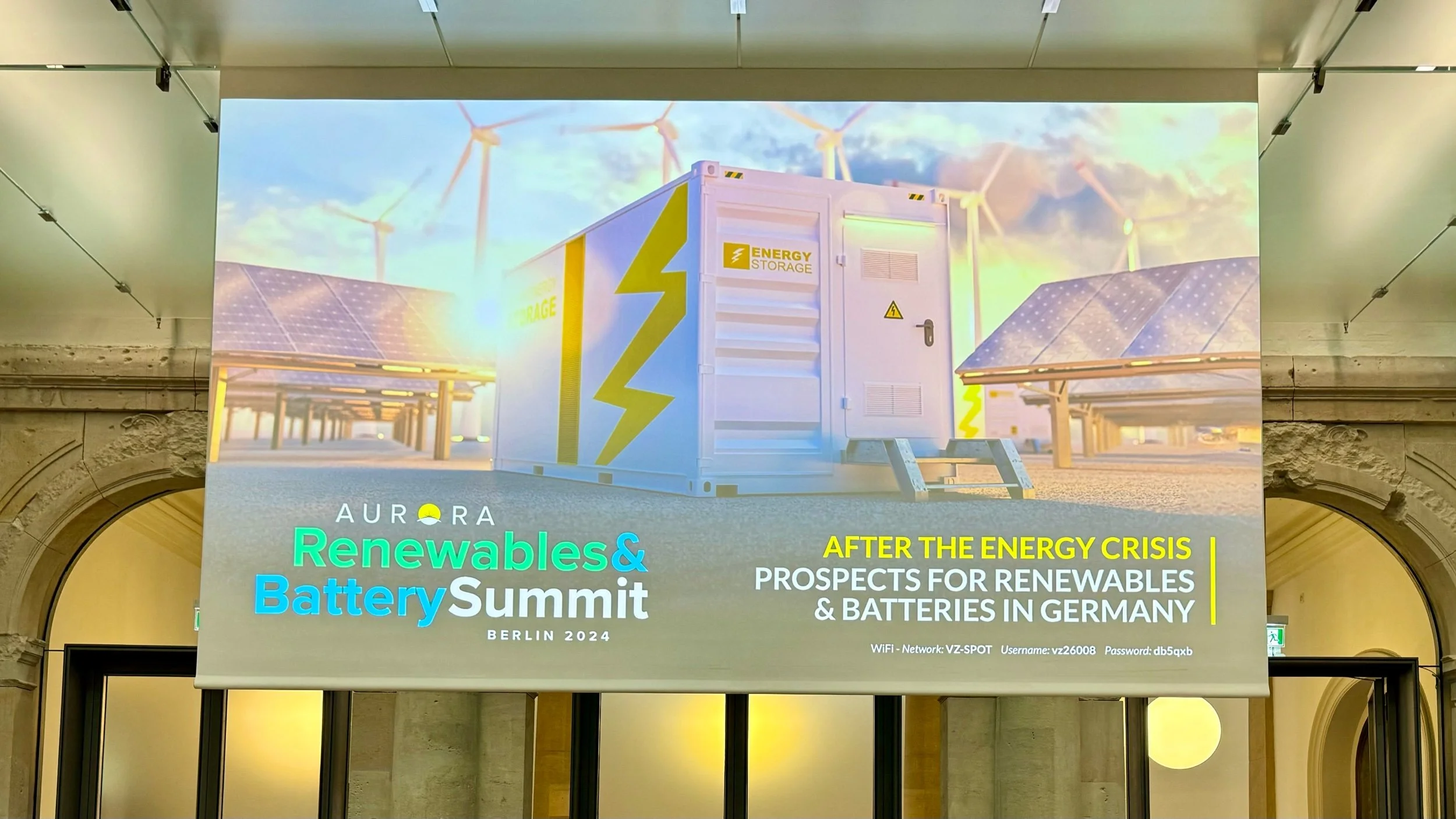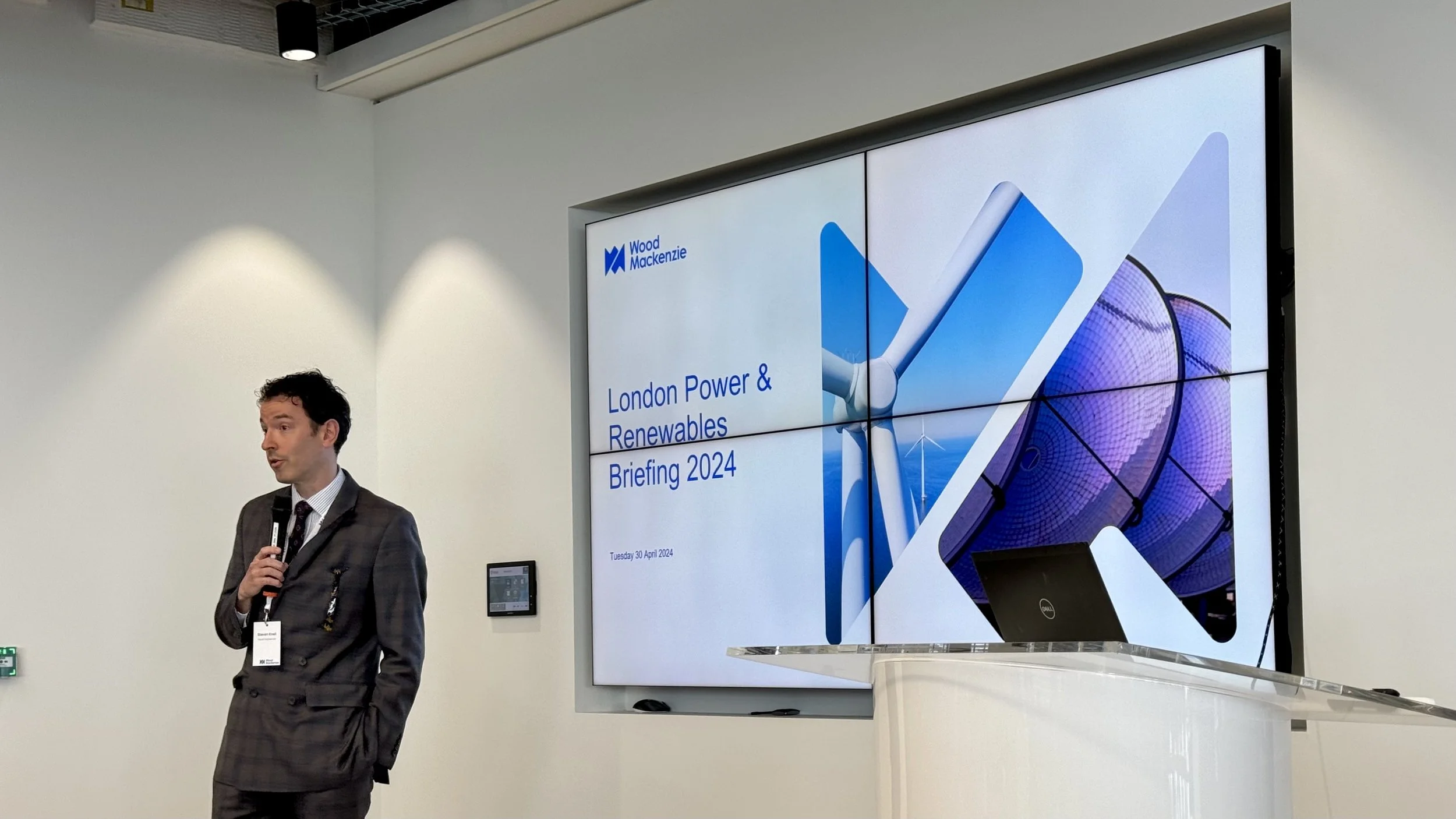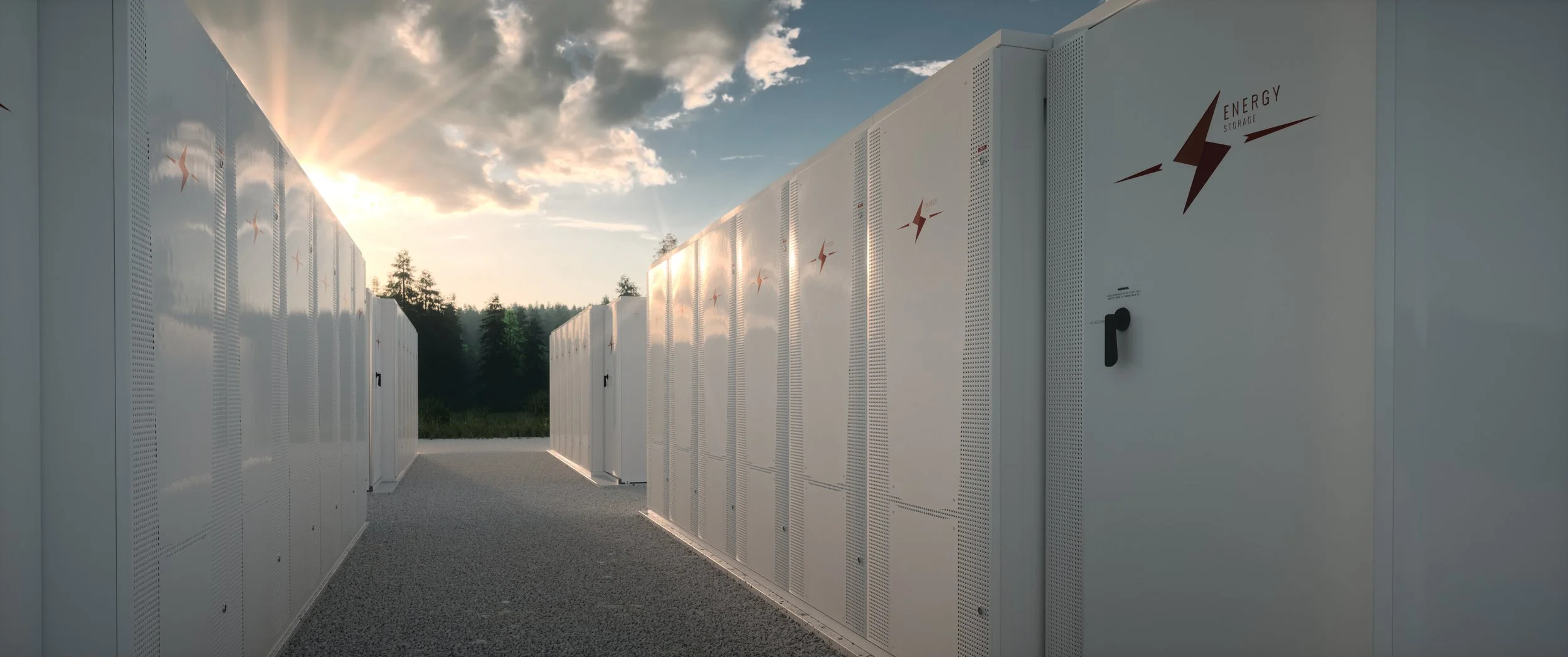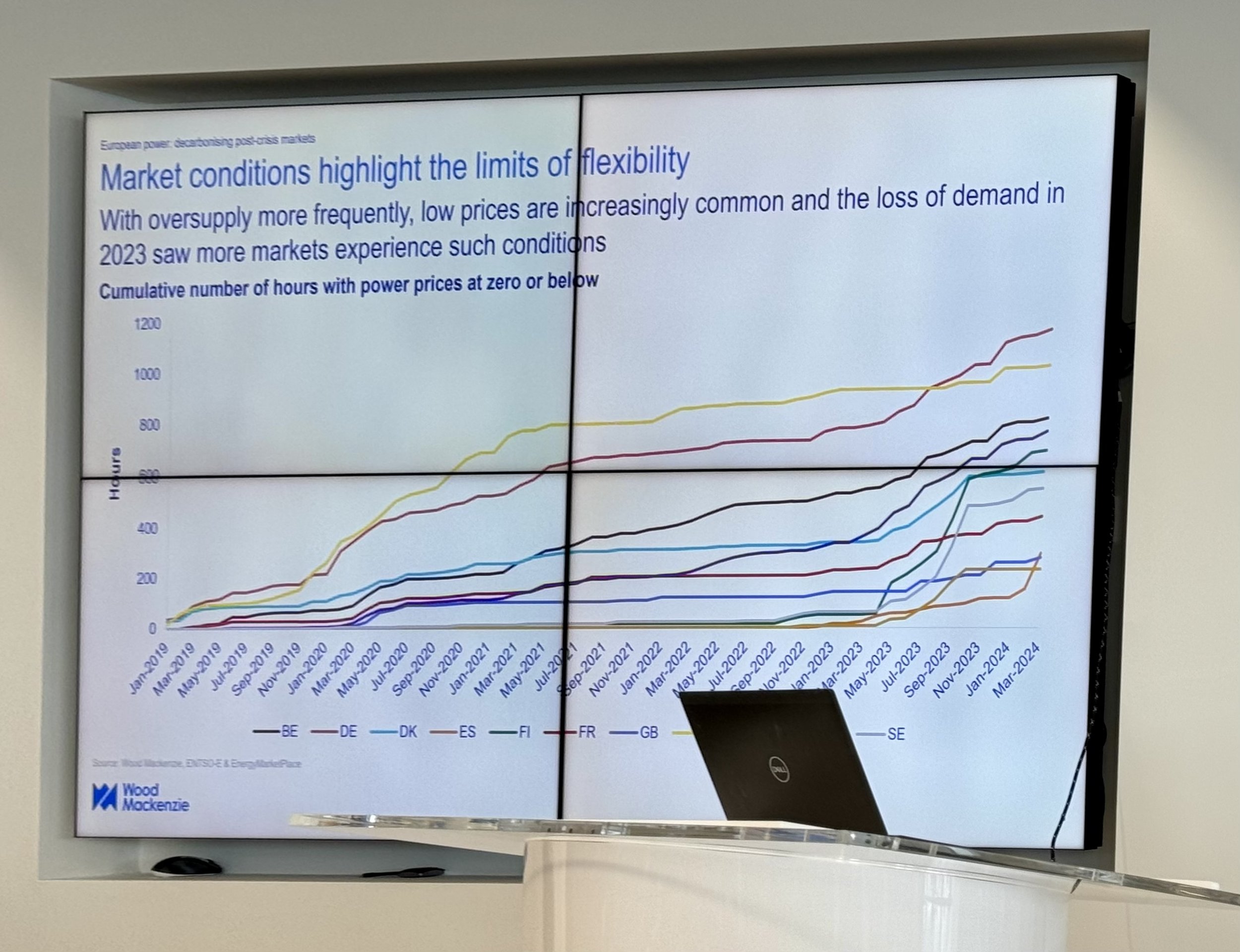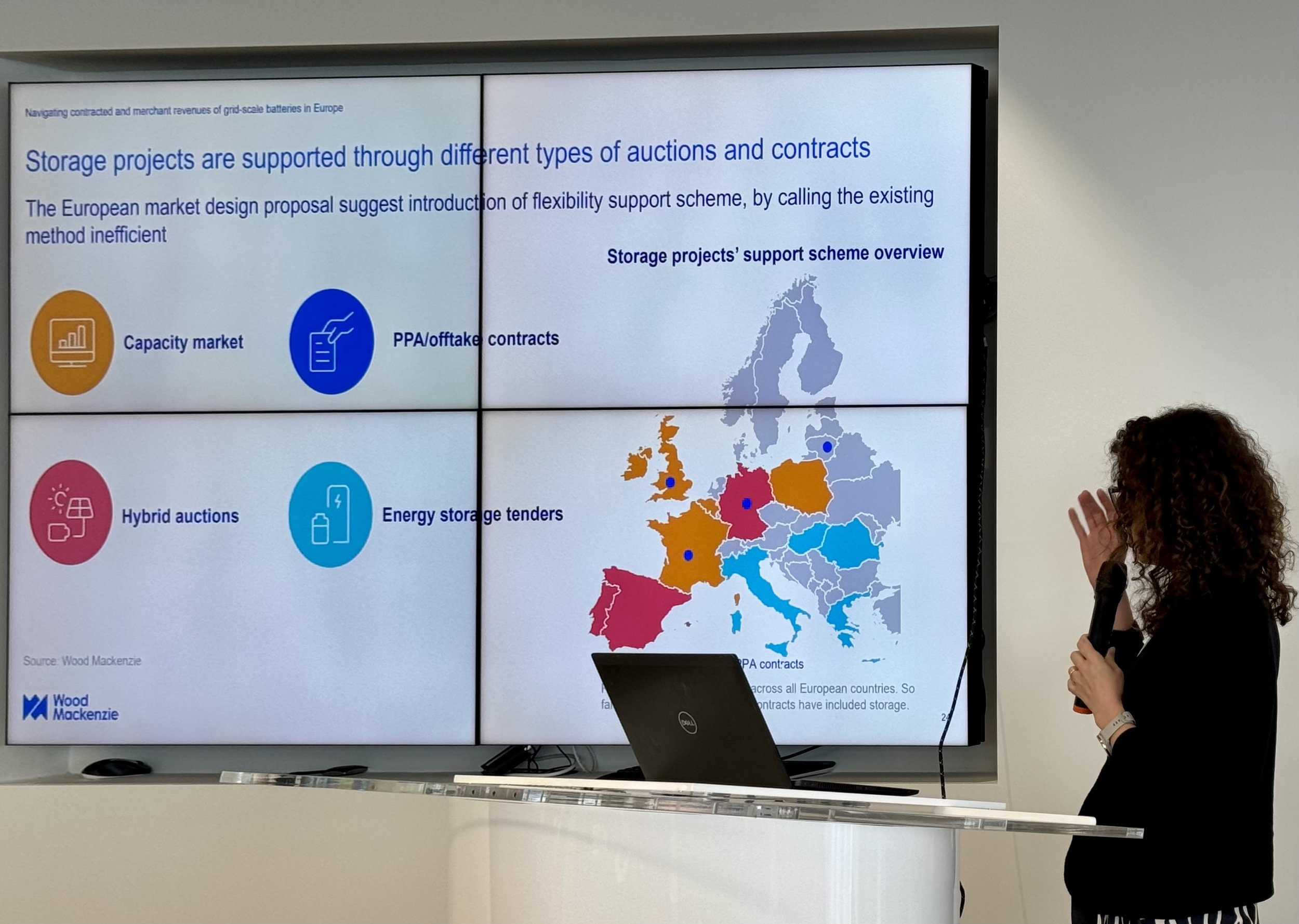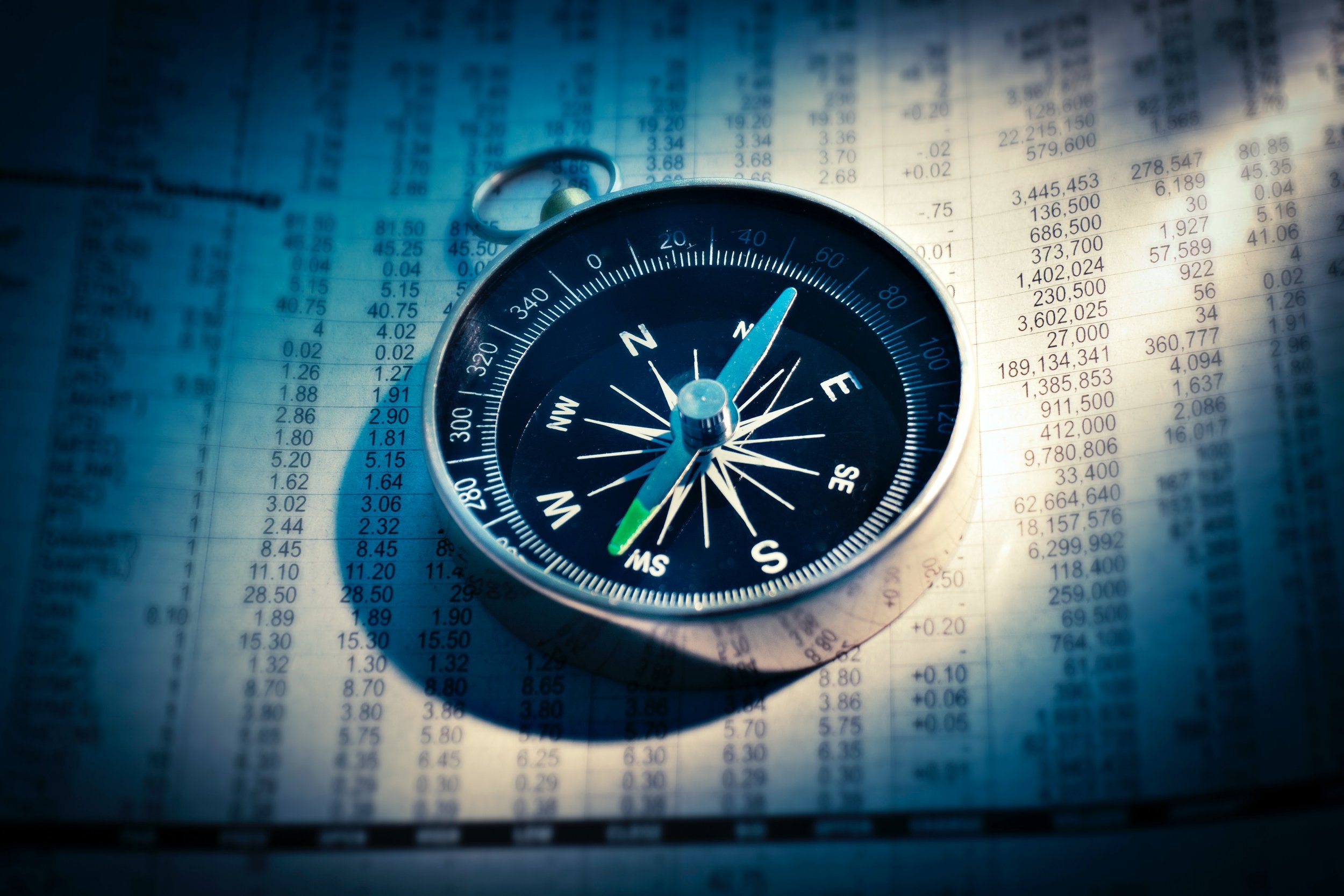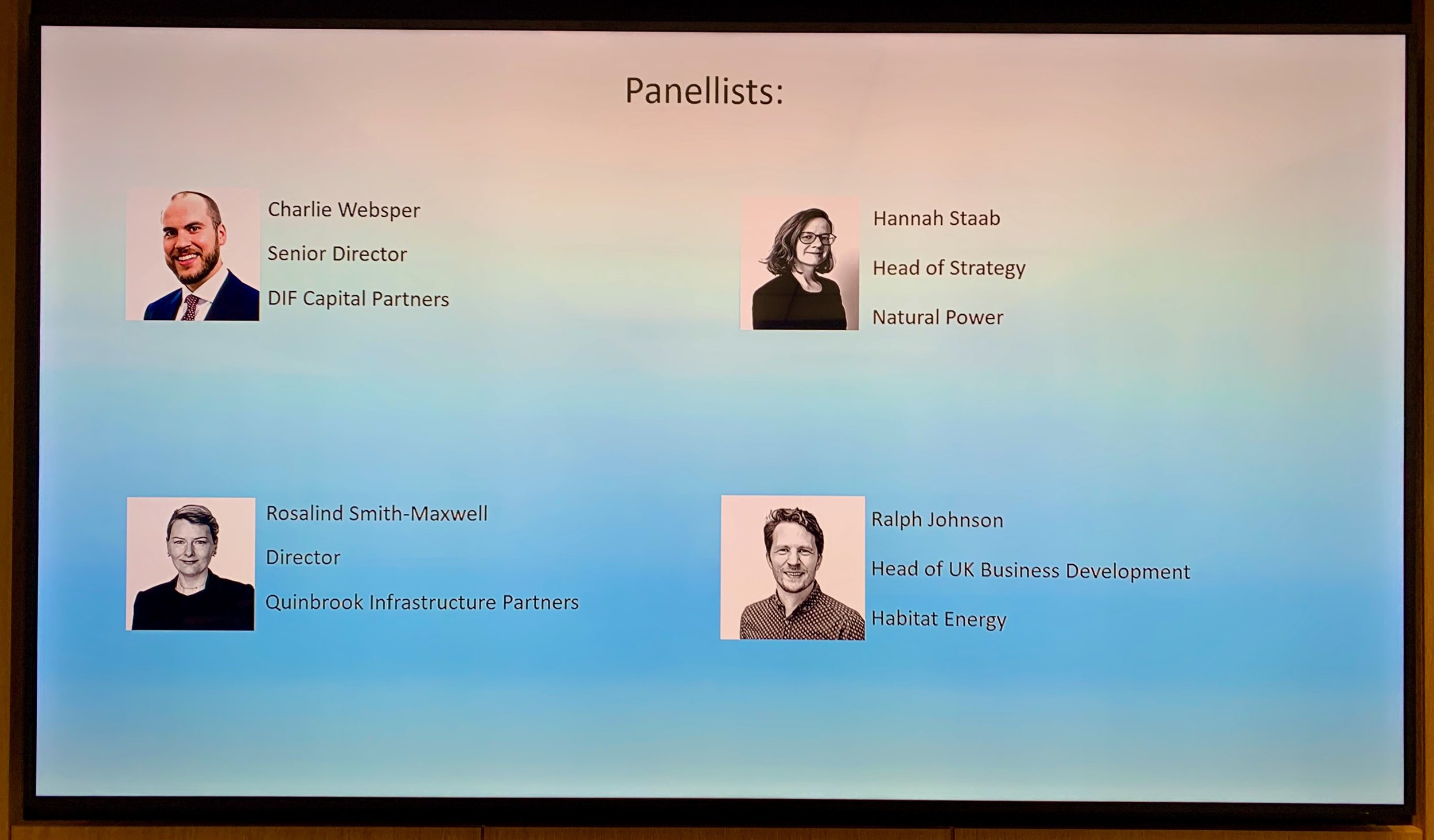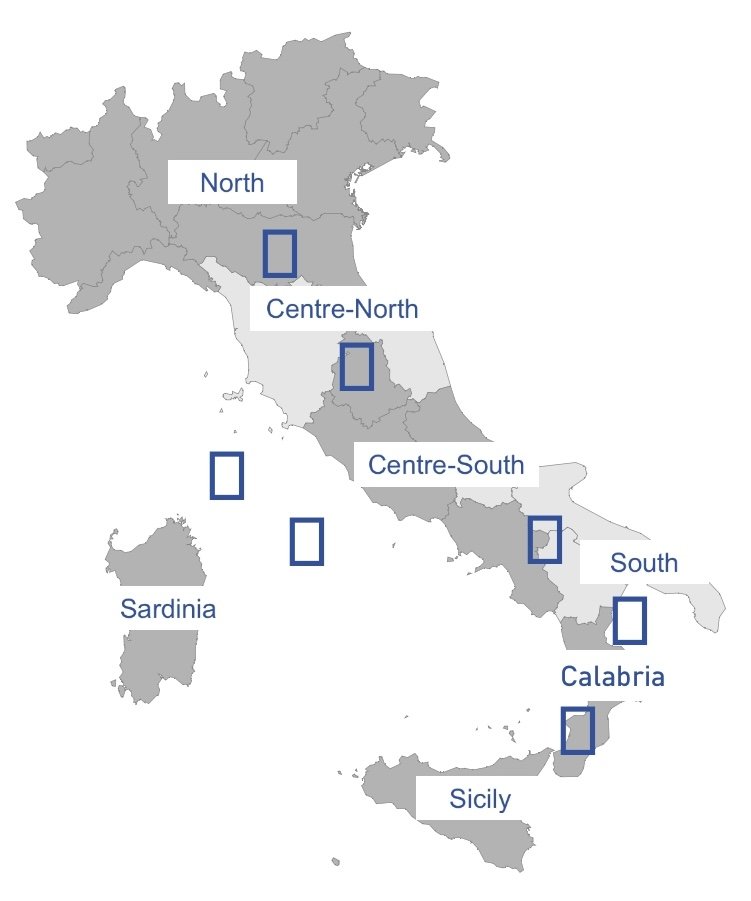What is interest?
Interest is the price you pay for borrowing money. You either pay this price when you take out a loan or, you charge it when you lend money. Let me give you two simple examples:
1. You borrow USD 100 from a bank for one year, and they charge you 5.0% ( 5 / 100 = 0.05) interest. You calculate the interest amount as follows: USD 100.00 x 0.05 = USD 5. So these USD 5 are the price you pay for borrowing USD 100 from the bank for one year.
2. You deposit USD 100 in a savings account. At that moment you effectively lend your money to the bank. They pay you 1.00% ( 1 / 100 = 0.01) interest per years (USD 100 x 0.01 = USD 1). So this USD 1 is the price the bank pays for borrowing your money.
Sometimes interest, fees and dividends get mixed up when people talk about interest. But you have to differentiate between them.
Fees are fixed charges that you have to pay in case certain events happen like overdrawing your account or a monthly service fee for offering you a bank account.
Dividends are payments a company makes to its owners based on profit made or how much cash is available.
The History of Interest
Interest has been around for thousands of years. In the Middle East, about 5000 BC, people had to pay “interest” on the number of seeds they borrowed. You borrowed 500 seeds in the spring to plant them. And come harvest you “repaid” 600 seeds.
But over time, many religions including, Christianity and Islam, forbad the charging of interest, at one time or another. And in Islamic Finance, it is still forbidden this day. Islamic law instead expects the borrower to share the risks and rewards with the lender.
For a long time, it was considered morally wrong by society to charge interest, as money wasn’t producing any physical goods by itself.
Only from the 14th century onwards, during the Renaissance, that people started borrowing money to set up businesses. This gradually removed the stigma from interest, and it became more and more commonplace to charge interest on loans.
What is Cost of Capital?
A term you sometimes hear in connection with interest rates is “Cost of Capital”. There is no such thing as “free money”. When a bank grants a loan to someone, they will incur certain cost. One example would be the salary for the bank employees, that need to fill out all the paperwork for the loan. This is a concept that comes from the world of Economics (the science of how nations and large economies work).
What drives interest rates?
According to Economic theory, the interest rate (i.e. how much interest is charged) can be driven by two factors:
But you can’t lend money to both of them as you only have USD 100. In the end, you decide to give Ernie a loan. So you earn 6% interest from Ernie, but you miss out on the 2% interest income from Bert. These 2% interest that you will not earn are your opportunity cost. Think about it this way, if Ernie doesn’t pay you back, you lose the 6% from his loan, and you won't get 2% from Bert either. So when a bank decides how much interest it should charge on a loan, they also need to take into account that they can lend out every dollar only once.
Supply and demand for debt: In the last article, I mentioned that banks are not allowed to give out as many loans as they want. So if more people want to borrow than the bank can lend to, it will increase the price (I.e. the interest rate) of those loans. And if no one wants to borrow from the bank, it has to lower the price it charges for its money. It is the same principle as the surcharge from Uber. The more people book an Uber ride at the same time, the more you have to pay for it.
What is the time value of money?
We all have noticed in our daily lives that things get more expensive over time. Fifty years ago you could buy a good car for a few thousand Dollar. Today cars cost tens of thousands of Dollar. This increase in prices is what is meant when people speak about inflation. (Don’t worry, I will explain inflation in the next article.)
This means that you can buy a lot more things with USD 100 today than you will be able to buy in twenty years for the same amount. The same applies to borrowing money.
If you borrow USD 250,000 from a bank to buy a house today, for example, the bank will lend you USD 250,000. And you will promise them (i.e. put a mortgage on the home) that you will replay this amount over 20 years. The problem for the bank is that all the amounts you pay in the future will be worth less than they are today.
So if we assume an inflation rate of 2% (i.e. money loses 2% of its value each year) the bank needs to charge you at least an interest rate of 2.0% to make sure it gets back the same value back over those 20 years.
This also affects you and your savings. If you put your money into a savings account that pays you 1.0% interest per year, but the annual inflation is 2.0%, then your savings lose value every year (1% - 2% = -1%).
What is compound interest?
Einstein supposedly called it the eighth wonder of the world. And while there is no proof that he said it, compound interest can either be your best friend or your worst enemy.
Compound interest is essentially interest that is charged over unpaid interest. It is best explained with an example.
Let’s say that you borrow USD 100 on a credit card for 10% per year. So at the end of the first year, you owe the credit card company USD 110. This is calculated as follows:
Interest cost: USD 100 x 0.10 = USD 10
The new amount owed to the credit card company:
Original Balance: USD 100 +
Interest: USD 10
= USD 110
Now let’s assume that you don’t pay the USD 10 in interest cost but let the balance stand on the credit card. After another year, the following will happen:
Interest cost: USD 110 x 0.10 = USD 11
The new amount owed to the credit card company:
Original Balance: USD 100 +
Interest Year 1: USD 10 +
Interest Year 2: USD 11
= USD 121
The extra dollar you pay in interest in year 2, compared to the first year, is compound interest.
I hope this example helps you understand how compound interest can be your best friend or your worst enemy.
If you have bank or credit card debts and can’t repay them in full, the initial loan will become more and more expensive over time, as the amount that you owe grows faster and faster over time.
But if you save money and keep the earned interest on your savings account, your money will grow faster as well the more time passes.
Why is the interest on loans higher than on savings accounts?
Above I describe that interest is the price you pay (or receive) for either borrowing or lending money. People that are less likely to repay their loans on time (like Ernie) have to pay higher interest rates than more reliable people like Bert. And the interest rate can change depending on how much money is available and how many people want to take out a loan.
But why are banks paying you always less interest on savings accounts than what they charge for the loans they make?
The first reason is quite simple: they want to make a profit on lending out your money. If you deposit USD 100 into a savings account that earns you 1.0% interest per year and the bank uses your money to give someone else a loan for 3.0%, then the difference between the 3% and the 1% is their profit. So if they would pay you the same interest rate that they make of the loan, they couldn’t pay their staff, rent etc.
The second reason has to do with risk. I already mentioned that “riskier” clients like Ernie have to pay higher interest cost.
Most government programmes usually insure your savings in the bank. This programme will give you back your money, in case the bank goes bankrupt. Therefore you take a minimal risk by depositing your money into a savings account.
But banks lend to people and companies that can go bankrupt or only have the means to repay a part of their loan. This activity carries significantly more risk than putting money into a savings account. So lenders need to earn enough from interest charges to compensate for all their lent money that they will never get back. Hence the riskier the client, the higher the interest rate.
What does the Central Bank have to do with interest rates?
Sometimes you hear people on the news talking about how they expect the Central Bank to lower or raise interest rates.
The interest rate that the central bank charges for lending money to commercial banks act as a floor to interest rates on loans. There is the explicit assumption in Economics that a bank’s cost of capital will always be at least the same rate as the lending rate of the Central Bank. So they need to charge more than the Central Bank if they want to make a profit.
If the Central Bank increases it's lending rate, interest rates on loans and savings accounts go up. And if the Central Bank lowers its rate, debt becomes cheaper, but you also receive less interest on savings.
How does this article help me?
Understanding what interest is and how it works is crucial for getting out of debt and building up savings. Because interest is the price of money, you need to understand how much a loan or credit card debt is costing you and how much you can earn by putting your money into savings accounts. Let me give you three examples:
Example: Mortgage
You need to take two points in particular into consideration when looking for a mortgage.
If the interest rate is not fixed, it means that the rate can go up over time, and suddenly you might no longer be able to make your monthly payment because of the higher interest charges. This is what happened during the foreclosure wave in the 2008 financial crisis.
Taking out a 15, 20 or even 30-year mortgage will mean that the total interest payments to the bank will be higher than the actual amount that you borrowed. So always get offers from different lenders. Small differences in the interest rate can mean significant savings or extra cost during the term of the mortgage.
Example: credit card purchase
Credit cards can offer excellent benefits. My wife and I have a credit card that gives us points with our favourite airline, which we can exchange for flights. But we pay off our cards every month in full to avoid interest charges.
If you continuously keep a balance on your card, the company will charge you interest on that unpaid amount. And credit cards always have high-interest cost. Just making the monthly minimum payment will mean that the interest charges on your purchase could be higher than what you paid in-store.
Example: savings account
It is essential to compare different offers from different banks. The higher the interest rate, the more they are willing to pay you to be able to use your money. And if the offered interest rate is less then the annual inflation, then your money is losing value for every year that it sits in this savings account.
What will be the next article in the series?
The next article will explain what inflation is and what makes your money lose value faster or slower.
